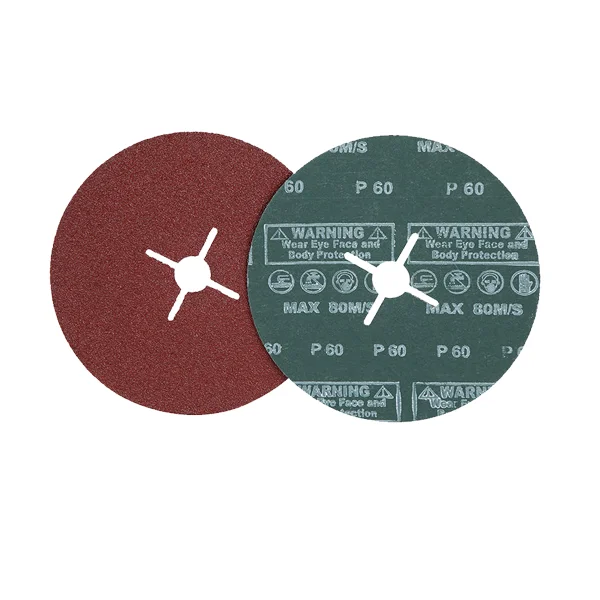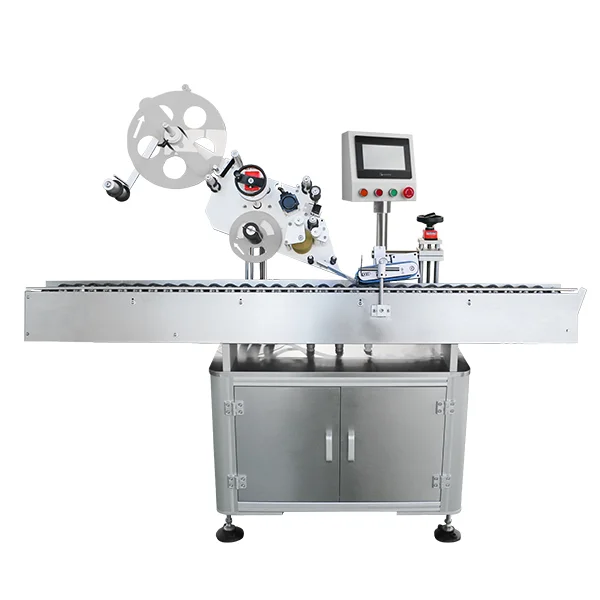When it comes to choosing the right fabric for gym wear, the debate between synthetic materials and cotton is a hot topic among fitness enthusiasts. Each fabric has its own set of advantages and disadvantages, which can significantly impact your workout experience. In this article, we will delve into the characteristics of both synthetic and cotton fabrics, examining their performance, comfort, durability, and environmental impact to help you make an informed decision for your gym wardrobe.
Understanding the Fabrics
Cotton: The Classic Choice
Cotton is a natural fiber that has been used for centuries in clothing production. It is known for its softness, breathability, and comfort, making it a popular choice for casual wear. However, when it comes to high-intensity workouts, cotton has some limitations:
- Moisture Absorption: Cotton absorbs sweat, which can lead to a heavy, damp feeling during workouts. This moisture retention can cause discomfort and chafing, especially during prolonged exercise sessions.
- Drying Time: Once wet, cotton takes a long time to dry. This can lead to a cold and clammy feeling post-workout, which is not ideal for those who engage in outdoor activities or high-intensity training.
- Durability: While cotton is generally durable, it can wear out faster than synthetic fabrics, especially when subjected to frequent washing and rigorous physical activity.
Synthetic Fabrics: The Modern Alternative
Synthetic fabrics, such as polyester, nylon, and spandex, have gained popularity in the fitness world for their performance-oriented characteristics. Here’s why they might be a better choice for gym-goers:
- Moisture-Wicking Properties: Synthetic materials are designed to wick moisture away from the skin, keeping you dry and comfortable during workouts. This feature helps to regulate body temperature and reduces the risk of chafing.
- Quick Drying: Unlike cotton, synthetic fabrics dry quickly, allowing you to transition from workout to post-gym activities without feeling soggy or uncomfortable.
- Enhanced Durability: Synthetic fibers are often more resilient than cotton, maintaining their shape and performance even after multiple washes. They are less prone to fading and wear, making them a long-lasting investment for your gym wardrobe.
- Flexibility and Fit: Many synthetic fabrics are blended with elastane (spandex) to provide stretch and support. This flexibility allows for a greater range of motion, which is essential for activities like yoga, weightlifting, and high-intensity interval training (HIIT).
Performance Comparison
When it comes to performance, the choice between synthetic and cotton fabrics can depend on the type of workout you engage in:
- High-Intensity Workouts: For activities that involve a lot of movement and sweating, such as running, cycling, or HIIT, synthetic fabrics are generally the better option. Their moisture-wicking and quick-drying properties help maintain comfort and performance.
- Low-Intensity Activities: If you’re participating in low-intensity workouts like yoga or leisurely walks, cotton may suffice. Its softness and breathability can provide comfort during these activities, although you may still experience some moisture retention.
Environmental Considerations
In recent years, sustainability has become a significant factor in fabric choice. Cotton is a natural fiber, but conventional cotton farming can be resource-intensive, requiring large amounts of water and pesticides. On the other hand, synthetic fabrics are often derived from petroleum-based resources, raising concerns about their environmental impact.
However, advancements in technology have led to the development of eco-friendly synthetic options, such as recycled polyester, which can mitigate some of the environmental concerns associated with traditional synthetic fabrics. Additionally, organic cotton offers a more sustainable alternative for those who prefer natural fibers.
Conclusion: Making the Right Choice
Ultimately, the decision between synthetic and cotton fabrics for gym wear boils down to personal preference and the nature of your workouts. If you prioritize performance, moisture management, and durability, synthetic fabrics are likely the better choice. Conversely, if comfort and breathability are your main concerns, particularly for low-intensity activities, cotton may be suitable.



